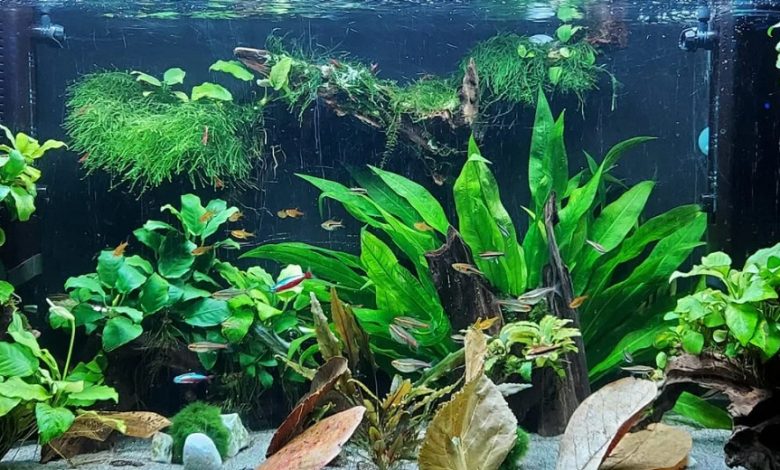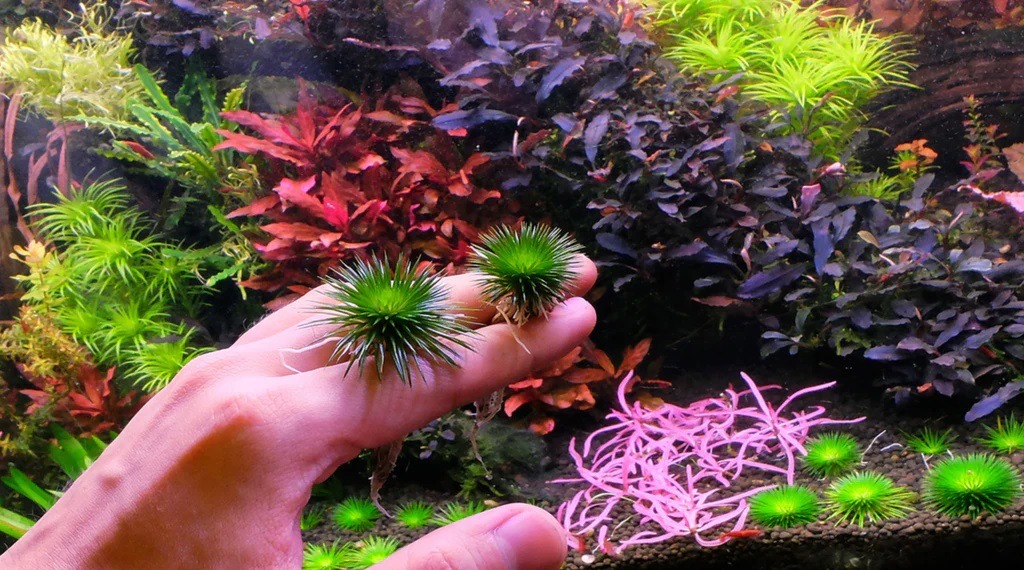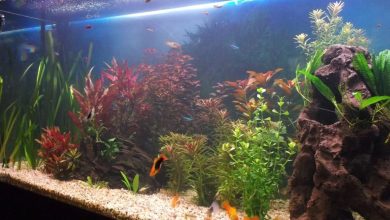What Does KH Mean in Aquarium? Role in Water Chemistry

Maintaining a healthy and thriving aquarium goes beyond feeding fish and ensuring the tank looks visually appealing. One of the most critical yet often overlooked aspects of aquarium care is water chemistry. Among various parameters, KH, or carbonate hardness, plays a crucial role in stabilizing pH levels and ensuring a healthy aquatic environment. Understanding KH and its impact on aquariums can help hobbyists avoid sudden pH crashes, enhance plant growth, and create a stable ecosystem for fish and corals.
If you are a dedicated aquarist, especially one interested in saltwater tanks, it’s essential to understand KH and its effect on different marine organisms. Proper KH management becomes even more important when dealing with delicate reef setups, such as those featuring corals, live rocks, and other invertebrates. If you’re looking for in-depth information on reef aquariums, Reef Aquarium Blog is a great resource to explore.
What is KH in an Aquarium?
KH, or carbonate hardness, refers to the concentration of carbonate (CO₃²⁻) and bicarbonate (HCO₃⁻) ions in water. These compounds act as a buffer, stabilizing the pH and preventing sudden fluctuations that could be harmful to fish, plants, and corals.
KH is often measured in degrees of carbonate hardness (dKH) or parts per million (ppm). Generally, 1 dKH is equivalent to 17.9 ppm. A stable KH level is essential because it directly impacts the pH balance of your tank. If KH is too low, the pH can fluctuate drastically, stressing or even killing aquatic life. Conversely, if KH is too high, it can make adjusting pH levels difficult, affecting plant nutrient absorption and coral growth.

The Importance of KH in Freshwater Aquariums
Freshwater aquariums, whether planted or fish-only, require stable KH levels to maintain a balanced pH. Different types of freshwater setups have varying KH requirements:
- Tropical Fish Tanks: Most tropical fish thrive in KH levels between 4-8 dKH (71-143 ppm). Species like guppies, mollies, and cichlids prefer higher KH levels as they come from naturally alkaline waters.
- Planted Tanks: Live plants require stable KH to maintain pH and prevent excessive CO₂ fluctuations. However, too high KH can reduce CO₂ availability, hindering plant growth. A range of 3-6 dKH (53-107 ppm) is optimal.
- Soft Water Species: Fish like discus and certain tetras prefer lower KH (1-3 dKH) since they originate from soft, acidic waters. However, maintaining such conditions requires careful monitoring to prevent dangerous pH drops.
Understanding KH in aquarium water is crucial for maintaining a stable pH. If KH levels are too low, the pH can drop suddenly due to organic decay, fish waste, or excessive CO₂ injection. This is often referred to as a “pH crash,” which can be deadly for fish and plants. Along with that, knowing how often to feed your aquarium fish is vital for their health and well-being. A comprehensive feeding schedule ensures proper nutrition and avoids water quality issues.
The Role of KH in Saltwater and Reef Aquariums
KH is even more critical in saltwater and reef aquariums since it plays a direct role in coral health and skeletal formation. Corals, especially SPS (small polyp stony) corals, rely on carbonate ions to build their calcium carbonate skeletons. Without proper KH levels, coral growth can slow down, weaken, or stop entirely.
When maintaining a reef tank, it’s essential to balance KH with calcium (Ca) and magnesium (Mg) levels. If KH is too high or too low, it can cause instability in these other essential parameters. The ideal KH range for a reef tank is typically between 7-11 dKH (125-196 ppm), with many reef keepers aiming for 8-9 dKH to promote stable growth without excessive precipitation.
If you’re interested in different types of corals, including the delicate types of SPS coral, understanding KH is crucial. These corals are highly sensitive to water chemistry fluctuations, requiring consistent KH levels to thrive.
How to Test KH in an Aquarium
Testing KH regularly ensures that your tank remains stable. Most hobbyists use liquid test kits, which provide accurate readings in dKH. Some digital testers and electronic meters also measure KH, but they are typically more expensive.
To test KH:
- Collect a water sample from your aquarium.
- Use a KH test kit by adding reagent drops to the sample.
- Count the number of drops required to change the water color. Each drop usually represents 1 dKH.
- Compare the reading with the recommended KH range for your aquarium type.
It’s best to test KH at least once a week in freshwater tanks and twice a week in reef aquariums, especially if dosing supplements.
How to Increase KH in an Aquarium
If your KH levels are too low, you can raise them using various methods:
- Baking Soda (Sodium Bicarbonate): A common and inexpensive way to raise KH. Adding 1 teaspoon per 50 liters (13 gallons) of water can increase KH by approximately 1 dKH.
- Crushed Coral or Aragonite Sand: Placing these materials in your filter or substrate gradually raises KH over time. This is particularly useful for African cichlid tanks.
- KH Buffers: Commercial KH-boosting products are available for both freshwater and saltwater aquariums. These are convenient but should be used cautiously to avoid sudden increases.
- Water Changes: Regular water changes with a higher KH source, such as tap water with natural alkalinity, can help maintain stable KH levels.
The Ultimate Guide to Natural Filtration Systems for Aquariums
How to Lower KH in an Aquarium
Sometimes, high KH can make it difficult to achieve desired pH levels, especially in soft water tanks. Here are ways to lower KH:
- Reverse Osmosis (RO) Water: RO water has almost no KH and can be mixed with tap water to achieve the desired hardness.
- Peat Moss: Adding peat moss to your filter can reduce KH by releasing tannic acids.
- Driftwood: Natural driftwood releases tannins, gradually lowering KH and softening water.
- Acid Buffers: These chemical solutions lower KH and pH but should be used cautiously to prevent drastic swings.
Conclusion
KH is a fundamental aspect of aquarium water chemistry that directly impacts pH stability, fish health, and coral growth. Whether you’re maintaining a freshwater or saltwater tank, keeping KH within the recommended range is essential for a thriving aquatic environment. Regular testing, proper buffering techniques, and balancing KH with other water parameters can help ensure a stable and healthy tank.
Understanding and managing KH effectively can prevent common problems like pH crashes, slow coral growth, and unstable plant conditions. By monitoring KH levels and making adjustments as needed, you can create an ideal environment for your fish, plants, and corals to thrive.
Would you like recommendations for specific KH test kits or supplements based on your aquarium type? Let me know how I can help!


